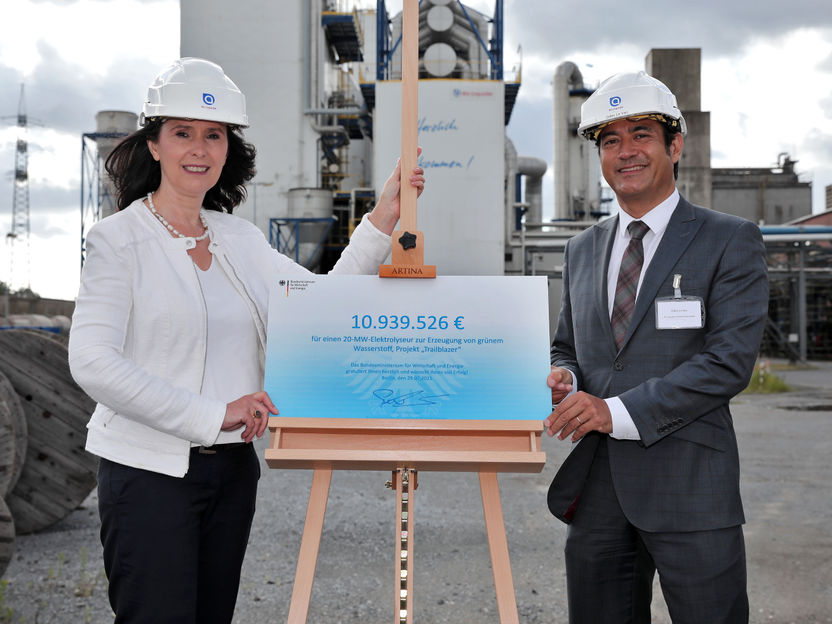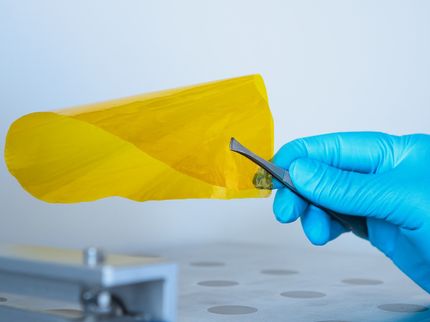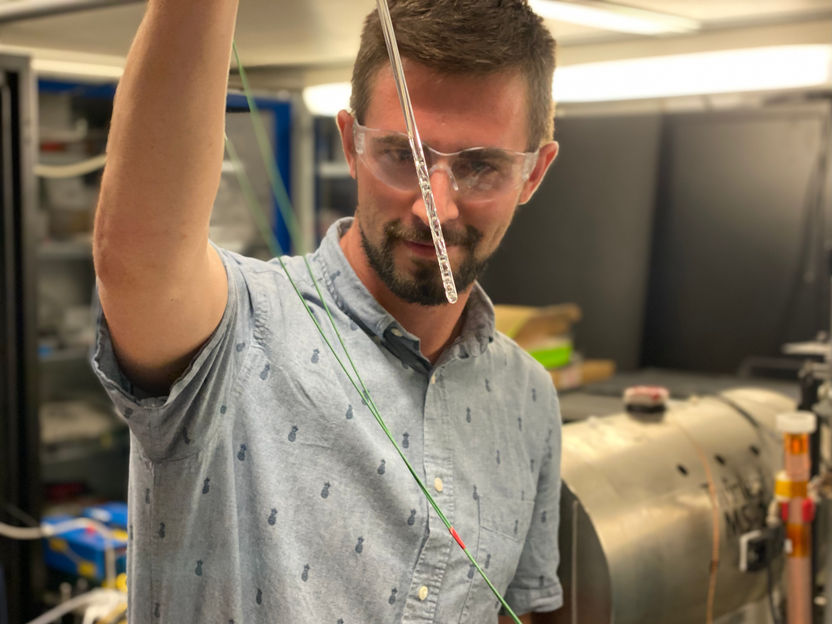Air Liquide builds the largest electrolyser connected to an existing hydrogen infrastructure in Germany
Advertisement
Air Liquide is planning to build a 30-megawatt (MW) electrolyser for the production of climate-neutral hydrogen in Oberhausen. In a first phase, the plant is to go into operation as early as 2023 with a capacity of 20 MW. The German Federal Ministry for Economic Affairs and Energy has approved public funding for this project - the first electrolyser on a global scale to be realized as part of the partnership between Air Liquide and Siemens Energy. The electrolyzer will be integrated into Air Liquide's existing hydrogen pipeline to supply key industries and zero-emission mobility in the Rhine-Ruhr region with climate-neutral hydrogen.

Elisabeth Winkelmeier-Becker, Parliamentary State Secretary at the Federal Ministry of Economics Gilles Le Van, Chairman of the Management Board of Air Liquide Deutschland GmbH
Air Liquide
The new proton exchange membrane (PEM) electrolyzer, which will be built by Air Liquide, will produce climate-neutral hydrogen from water and renewable electricity. The technological solution for the project is being developed as part of the previously announced partnership between Air Liquide and Siemens Energy. By 2023, both partners will build a 20 MW electrolyser plant that will produce 2,900 tons of climate-neutral hydrogen per year and climate-neutral oxygen. In a second phase, Air Liquide plans to increase the plant's capacity to 30 MW.
The PEM electrolyzer will be the largest carbon-neutral hydrogen production facility to be connected to an existing pipeline. The accelerated availability of these gases will support sectors such as steel, chemicals, refining and mobility in North Rhine-Westphalia in their efforts to reduce their carbon footprint.
Note: This article has been translated using a computer system without human intervention. LUMITOS offers these automatic translations to present a wider range of current news. Since this article has been translated with automatic translation, it is possible that it contains errors in vocabulary, syntax or grammar. The original article in German can be found here.
Most read news
Other news from the department manufacturing

Get the chemical industry in your inbox
By submitting this form you agree that LUMITOS AG will send you the newsletter(s) selected above by email. Your data will not be passed on to third parties. Your data will be stored and processed in accordance with our data protection regulations. LUMITOS may contact you by email for the purpose of advertising or market and opinion surveys. You can revoke your consent at any time without giving reasons to LUMITOS AG, Ernst-Augustin-Str. 2, 12489 Berlin, Germany or by e-mail at revoke@lumitos.com with effect for the future. In addition, each email contains a link to unsubscribe from the corresponding newsletter.

































































